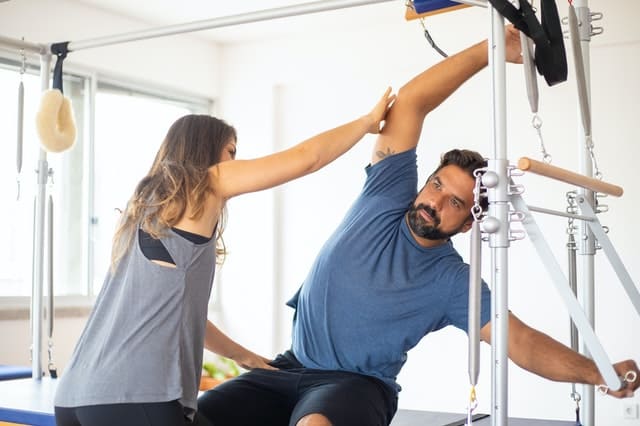
Joseph Pilates basics involve six essential principles that influenced his approach to fitness. These Pilates methods are:
- Centering: Physically bringing the focus to the center of the body. Pilates exercises are sourced from the center.
- Concentration: If you bring full attention and commitment to each exercise you will obtain maximum value from each movement.
- Control: Every Pilates exercise is done with complete muscular control with conscious, deliberate movement that the mind is controlling.
- Precision: In Pilates, awareness is sustained throughout each movement.
- Breath: Joseph Pilates emphasized using a very full breath in his exercises. Most Pilates exercises coordinate with the breath, and using the breath properly is an integral part of Pilates exercise.
- Flow: Pilates exercise is done in a flowing manner. Fluidity, grace, and ease are goals applied to all exercises. The energy of an exercise connects all body parts and flows through the body in an even way.
The history of Pilates shows how Joseph used these Pilates basics as the foundation of his teachings in ‘Contrology,’ now known as the Pilates Method.
What are the Pilates basics created by Joseph Pilates?
The six Pilates basics are what sets Pilates apart from other movement methods. These principles aim to integrate practitioners’ minds, bodies and spirits to deliver the holistic approach to fitness prized by Joseph Pilates.
Joseph Pilates believed Flow was a necessary method in Pilates basics
Like the motion of the ocean, one movement must flow to the next throughout the entire practice. Pilates believed in going through movements with grace and fluidity to improve stamina and strength.
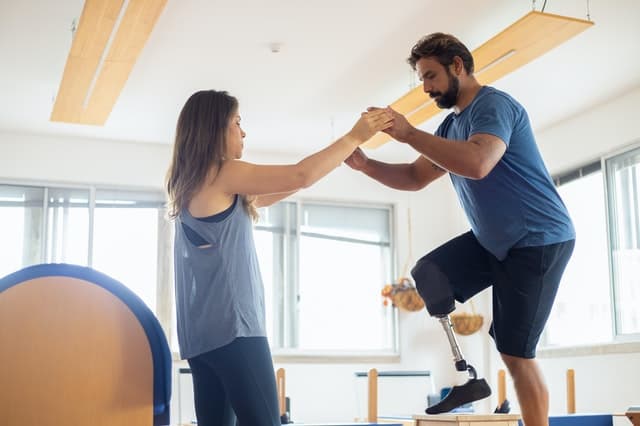
Precision makes a difference to a practitioner’s Pilates exercise
Accuracy is key. Never sacrifice form for more repetitions. Pilates believed that the precise execution of an exact exercise has the most impact on transforming practitioners’ bodies. That is why it is essential to learn Pilates form as a beginner with one-on-one attention from an instructor in a private Pilates class.
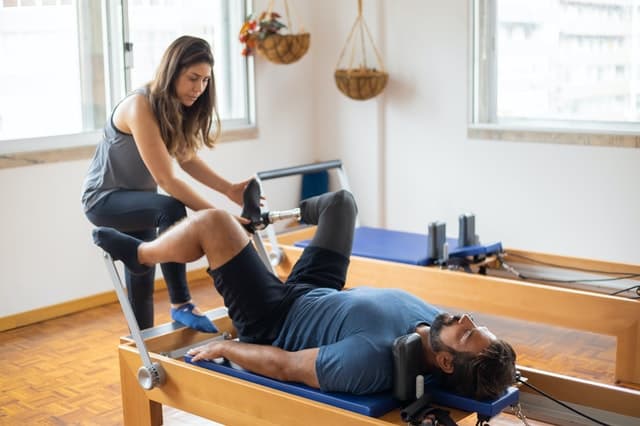
Breath is the key to Pilates basics practice
In Joseph Pilates’ words, “Breathing is the first act of life and the last. Our very life depends on it.” Breath is the most important of the Pilates basics. Every movement and sequence in Pilates centers around correctly engaging in deep, controlled breaths.
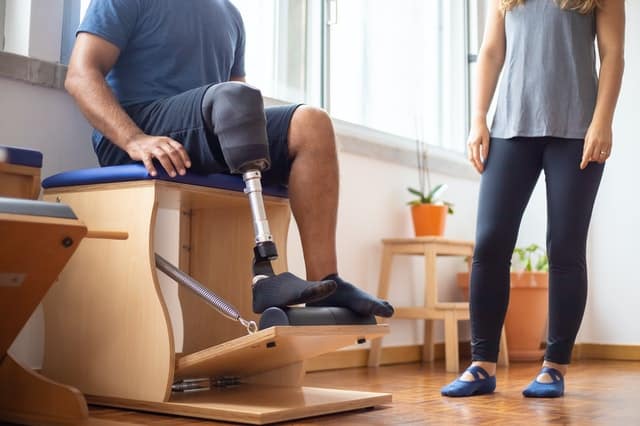
Joseph Pilates believed total muscle control was a must
Pilates was originally called ‘Contrology’ for a reason. Joseph Pilates built Pilates basics around the concept of total muscle control across the entire body. Practitioners must use this muscle control to move through sequences with precise form.
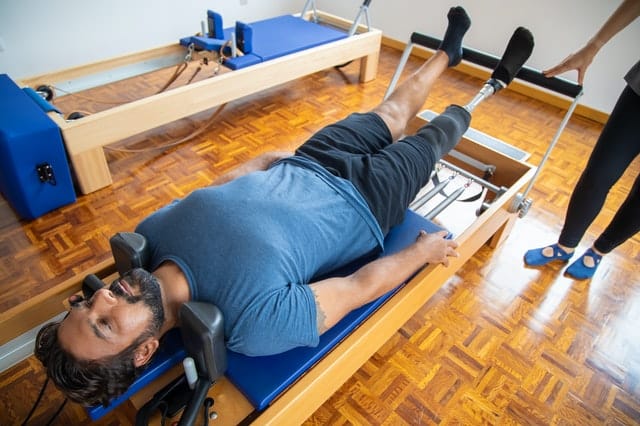
Concentration between mind and body is the fifth essential element
Concentrate on your state. Joseph believed in intentionally focusing attention on the mind-body connection in every exercise to reap the movement’s benefits fully. Moreover, to improve physical awareness that arises from this heightened connection.
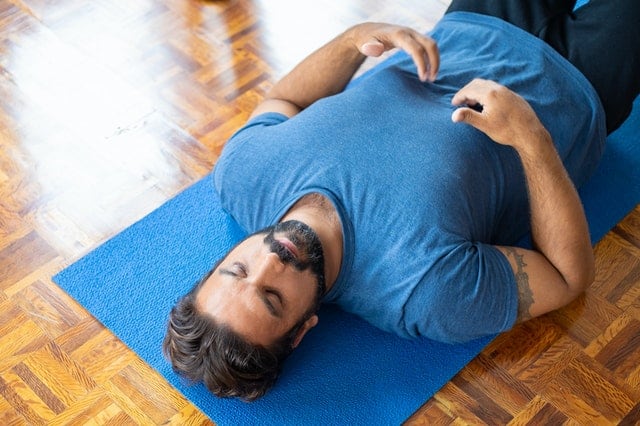
The final principle in the practice of Pilates involves centering
Great minds meet in the middle. Joseph Pilates believed in placing one’s attention at the torso center, focusing internally to enter a calm state for the mind, body, and spirit. Pilates taught that we derive our energy for movement from this “powerhouse.”
Joseph Pilates basics are integral to helping millions of practitioners worldwide reap the Pilates method’s benefits. The dissemination of these six principles allows teachers and students to practice Pilates and reach the objectives Joseph set in place when creating the practice. These intentions are to increase flexibility, reduce muscle imbalances, improve posture, prevent and rehabilitate injuries, strengthen the mind-body connection, and develop strength in muscles throughout the entire body.
